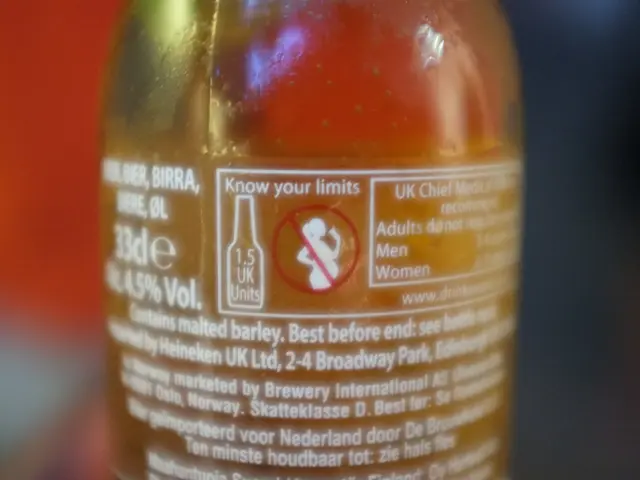Recognizing the indicators of fissure healing and available treatments
Chronic anal fissures can be a persistent and uncomfortable condition, but there are several treatment options available to help manage and heal them. This article will explore home remedies, medications, and surgical interventions for chronic anal fissures, as well as their typical healing timelines.
Home Remedies and Medications
Home remedies and over-the-counter medications play a significant role in treating chronic anal fissures. These methods aim to relieve pain, reduce irritation, and ease bowel movements to promote natural healing.
Home remedies include warm sitz baths, increased fiber intake, adequate hydration, and stool softeners. Sitz baths help improve blood flow and reduce spasm, while fiber and stool softeners reduce straining, crucial for healing. These methods can be effective, especially in early or less severe cases, and typically show improvement within 2-4 weeks, often starting with pain relief within the first few weeks[2][5].
Medications usually involve topical agents like lidocaine creams for pain relief and muscle relaxants (e.g., calcium channel blockers like nifedipine) that reduce anal sphincter tone, helping the fissure to heal. These medications are often the first-line treatment when home remedies alone are insufficient[3][5]. However, conservative medical treatment may require prolonged use, and some patients experience recurrence after stopping treatment.
Surgical Intervention
For refractory or chronic fissures that fail to heal with conservative treatment, surgical intervention, specifically lateral internal sphincterotomy (LIS), is considered the gold standard. Studies show high healing rates (~83% within 4 weeks) following surgery, with the closed technique of LIS being preferred due to fewer complications and better recovery[1][3][5]. However, surgery carries risks like fecal incontinence and is typically reserved for cases where medications and home remedies do not suffice.
Typical Timeline for Healing
- Home remedies and topical medications: Improvement and pain relief commonly start within 2-4 weeks. Complete healing may take several weeks depending on severity and patient compliance[2][5].
- Surgery (LIS): Healing is usually much faster postoperatively, with significant resolution seen within about 4 weeks and high long-term success rates[1].
In summary, home remedies and medications are first-line and can heal many chronic anal fissures within 2-4 weeks, but surgery offers faster, more definitive healing for persistent cases, typically within about 4 weeks. The choice depends on fissure severity, response to treatment, and risk considerations.
It's important to note that diuretics such as caffeine should be avoided, and adequate fluid intake is recommended for managing anal fissures. A high fiber diet is an option for managing anal fissures, and laxatives and stool softeners can be used to manage symptoms.
While not all fissures bleed, some may cause blood streaks on the stool or toilet paper, or blood may occasionally drip into the bowl. A digital rectal exam can be used to check for anal fissures, with the doctor gently examining the wound while protecting against worsening or creating an injury.
Remember, all wounds close when they heal, and the scar of a healing fissure can lead to the development of skin tags. Itching can also be a sign that the anal fissure is healing as inflammatory cells eliminate bacteria and other infections. Topical analgesics, such as lidocaine, may be prescribed for anal fissures, and topical nifedipine and topical calcium blockers are potential medications for anal fissures.
In conclusion, chronic anal fissures can be managed and healed through a combination of home remedies, medications, and, in some cases, surgical intervention. It's essential to consult with a healthcare professional for a proper diagnosis and treatment plan.
Read also:
- ICE allegedly keeps migrants in cramped, unsanitary cell conditions, according to a lawsuit
- Mobile healthcare services now available with significantly reduced treatment thresholds
- Mouth tobacco use linked to oral cancer and additional health risks
- Recovering from a mild stroke: treatment options, medicines, and additional strategies





